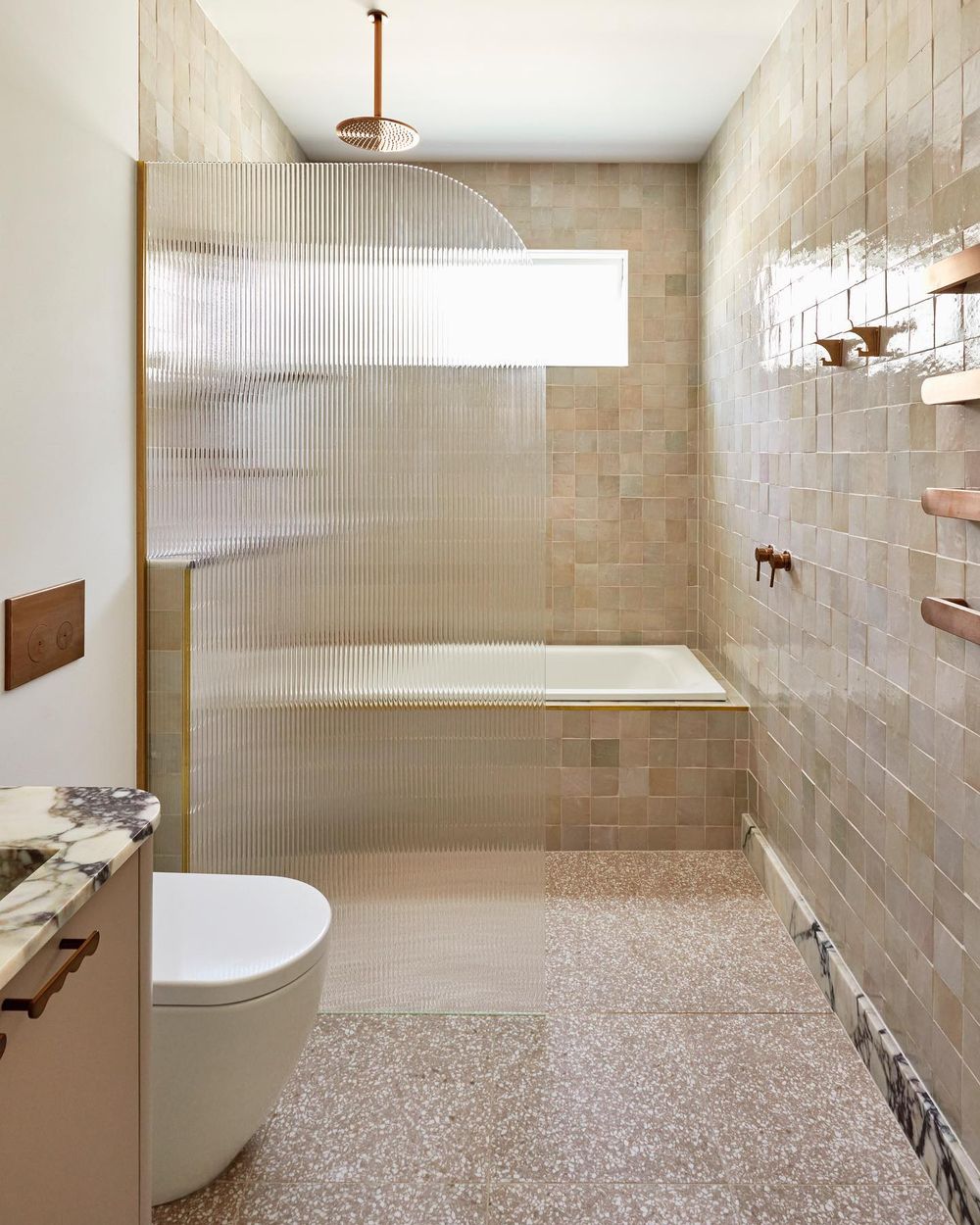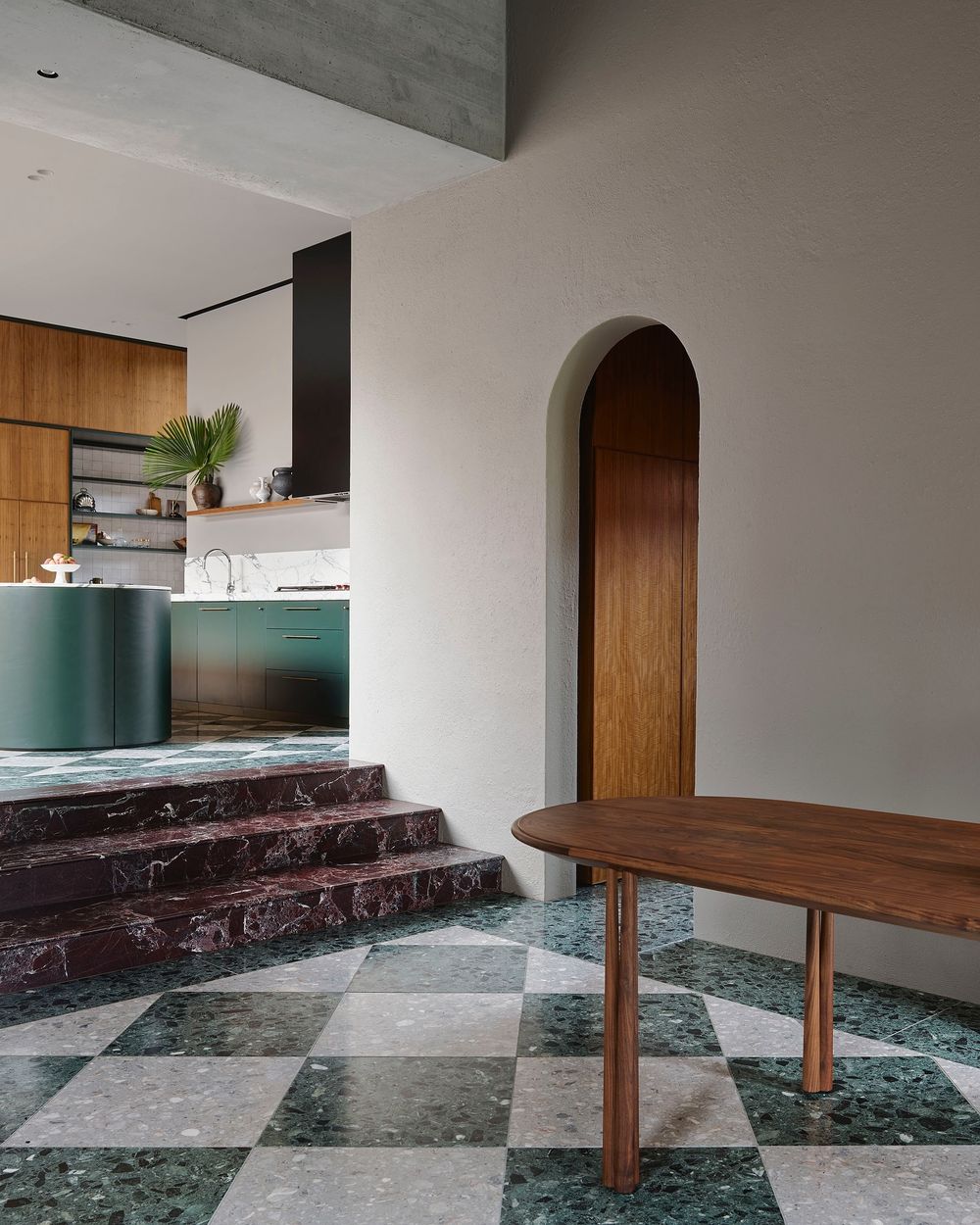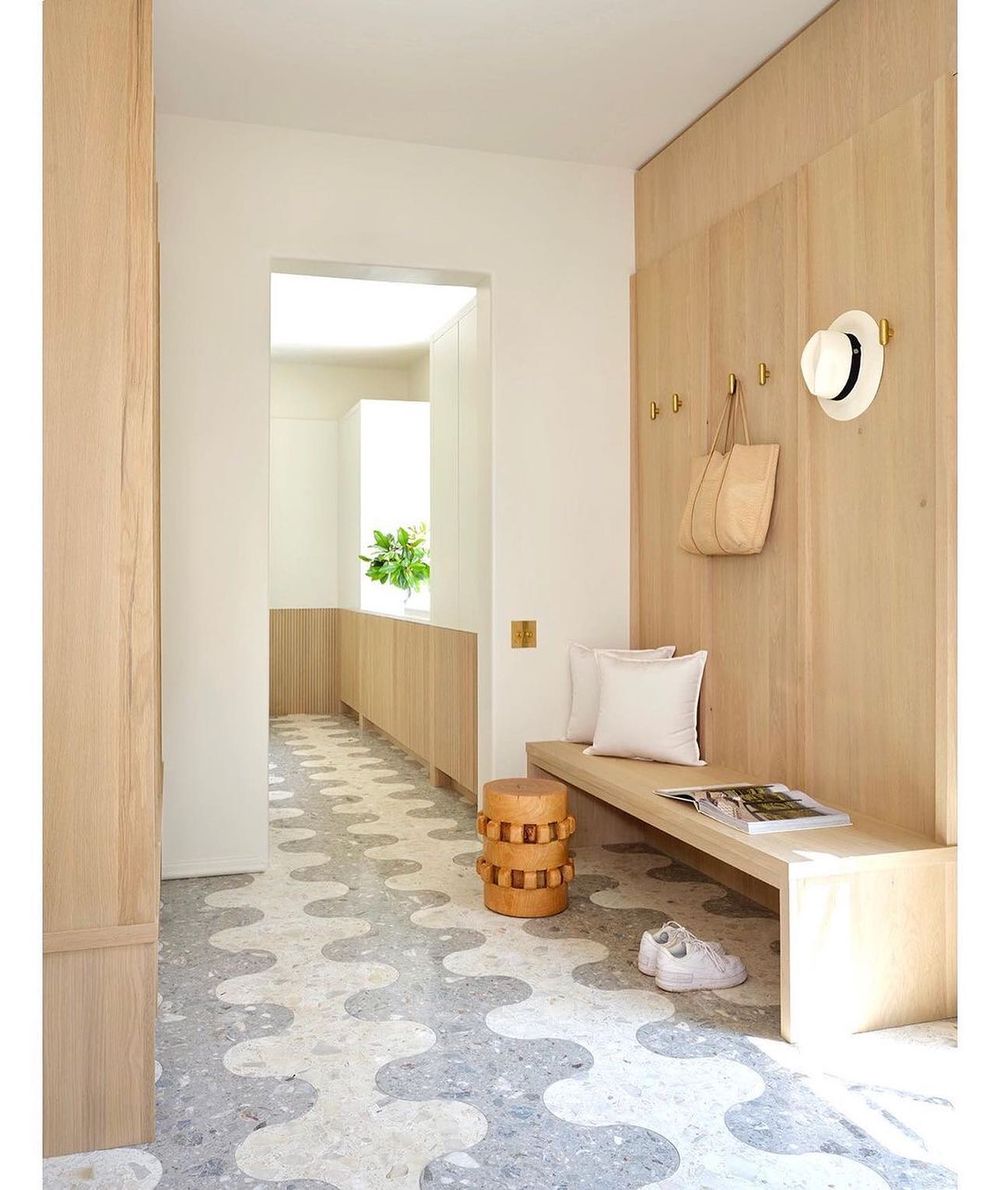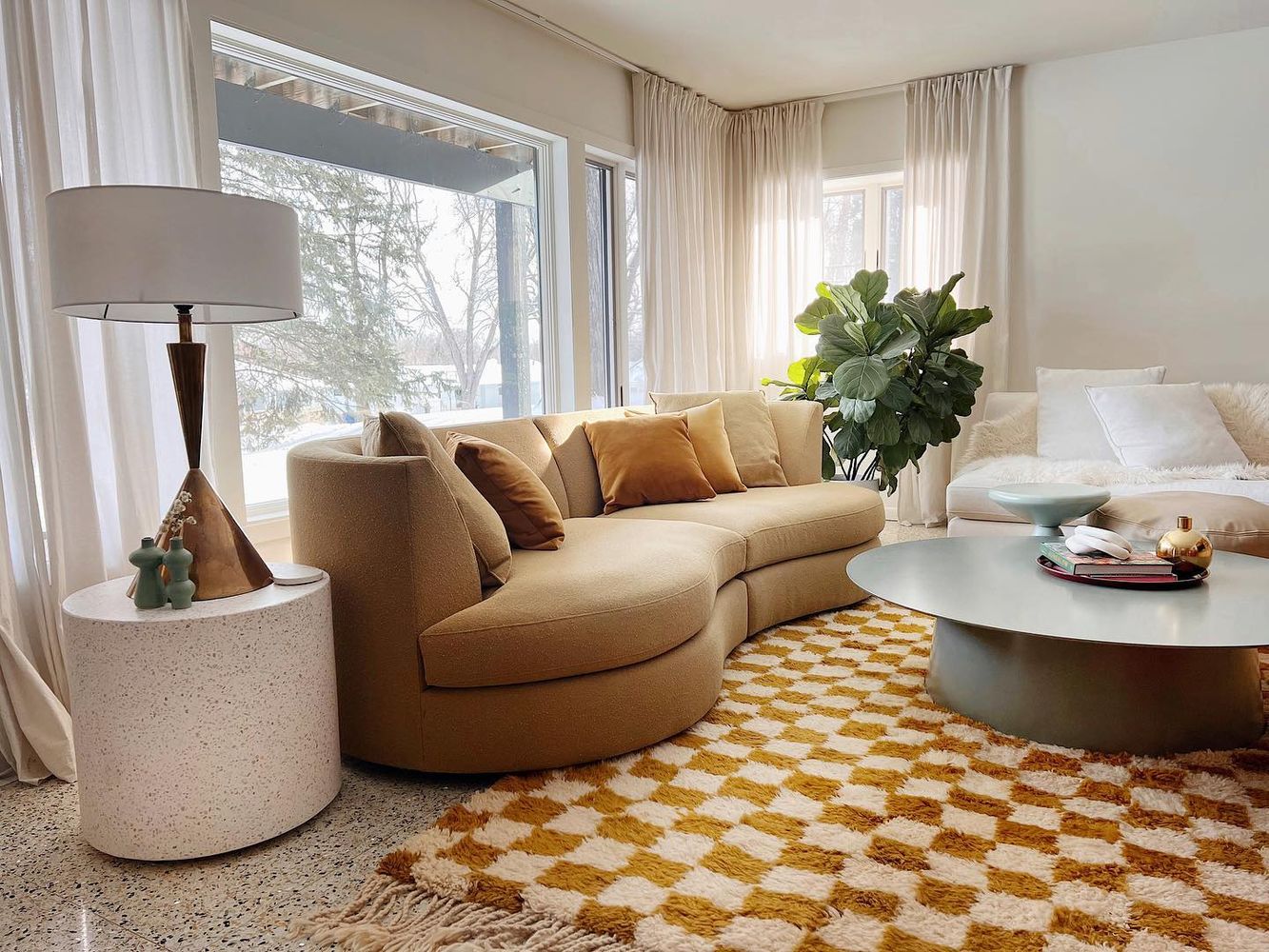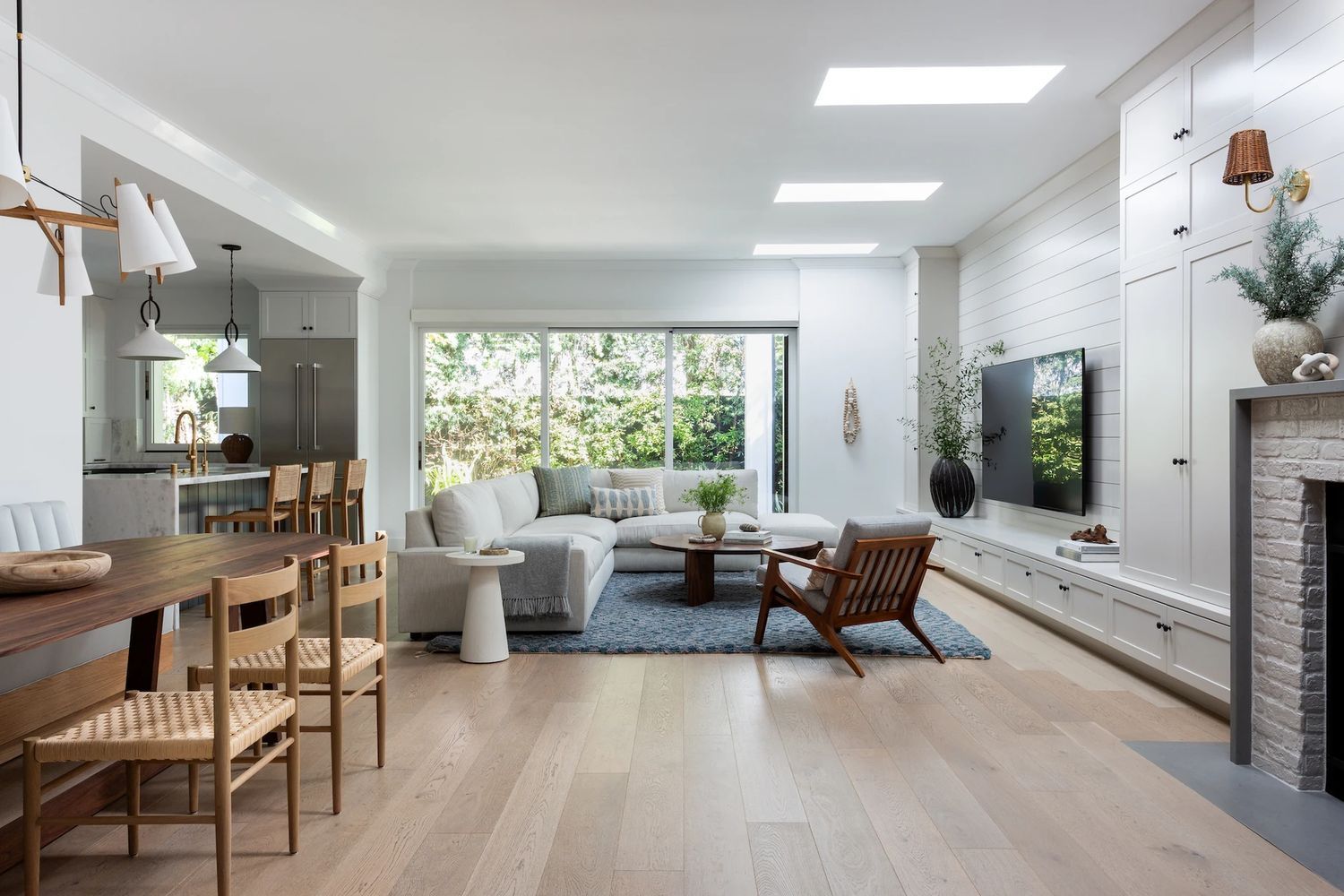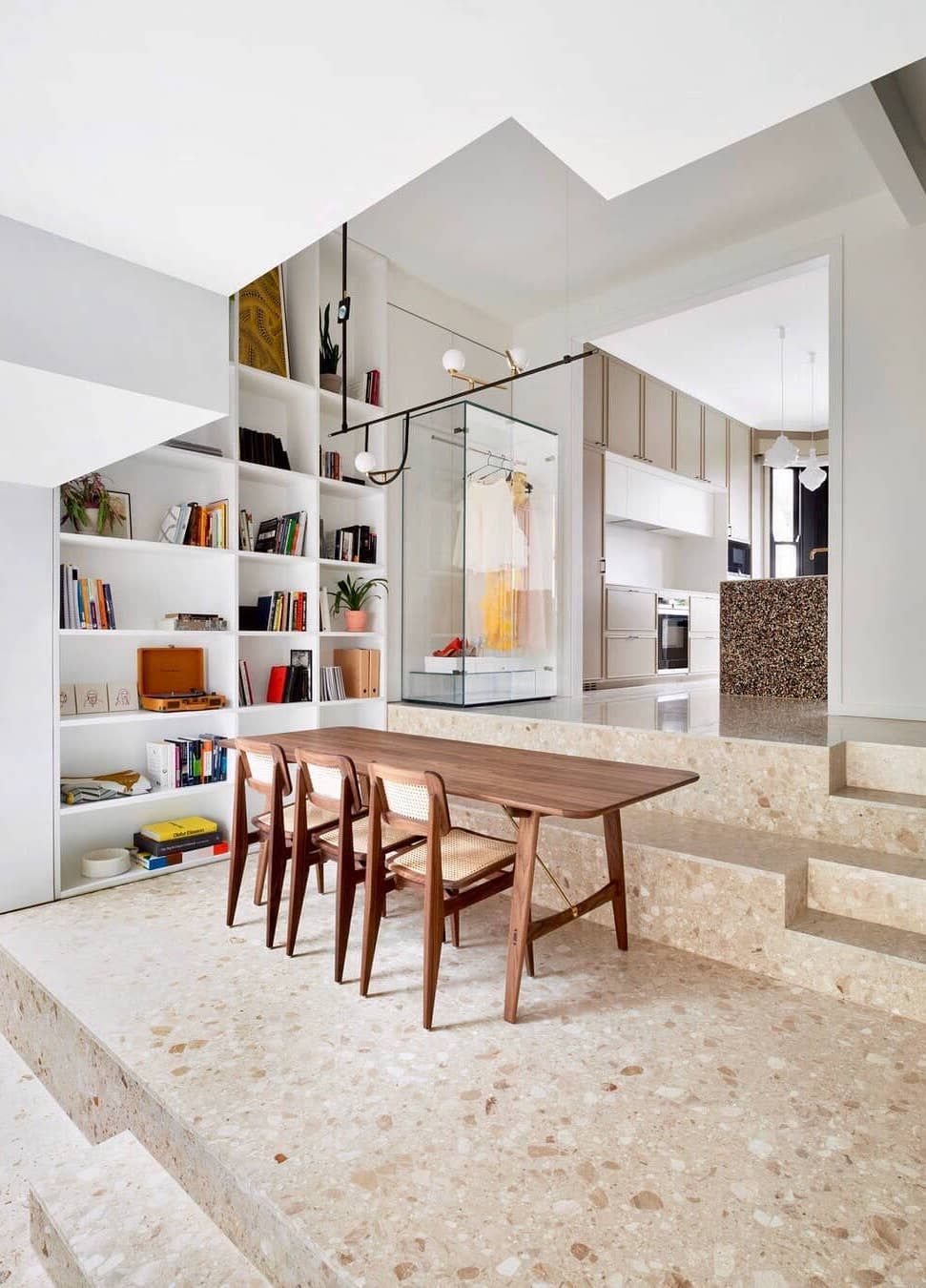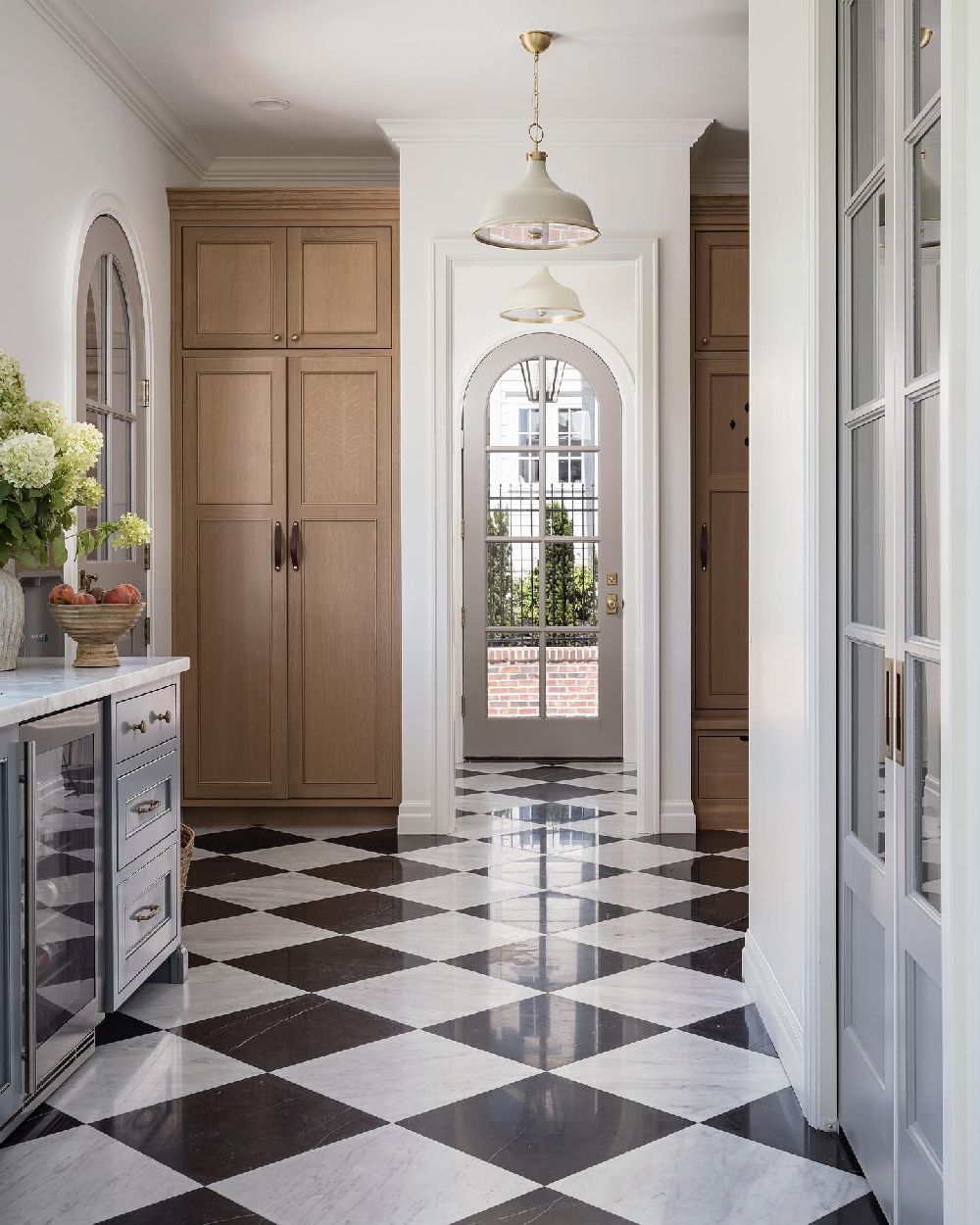The timeless elegance of terrazzo floors has long been a staple of luxurious architecture, but in recent years, this versatile and durable material has experienced a major resurgence in popularity. Once relegated to the realm of retro diners and 70s-era office buildings, terrazzo’s unique blend of color, texture, and functionality has made it a coveted choice for homeowners and designers alike.
With its ability to seamlessly blend together a medley of materials, from glass and stone to metal and ceramic, terrazzo offers a one-of-a-kind design opportunity that’s equal parts retro and modern, industrial and elegant. In this article, we’ll delve into the world of terrazzo flooring, exploring its rich history, design possibilities, and the ways in which it can elevate any space from ordinary to extraordinary.
What is Terrazzo Flooring?
Terrazzo flooring is a composite material that has gained popularity in interior design for its durability, versatility, and aesthetic appeal. Originally developed in Italy during the 15th century as a cost-effective way to utilize leftover marble chips, terrazzo has evolved into a sophisticated flooring option that combines various aggregates such as glass, stone, or even metals, set within a cement or epoxy resin matrix.
Once cured, the surface is polished to reveal a stunning finish that showcases the beauty of the embedded materials. The result is a strikingly unique floor that can be customized in countless ways in terms of color, pattern, and texture. Terrazzo is visually appealing and boasts remarkable longevity and low maintenance needs, making it suitable for both high-traffic commercial spaces and residential environments.
Its seamless application allows for the creation of expansive, uninterrupted surfaces, further enhancing its design capabilities. As eco-conscious design gains traction, many manufacturers are now offering sustainable options, utilizing recycled materials in their terrazzo mixtures, making it an even more attractive choice for environmentally aware consumers.
History and Evolution of Terrazzo Floors
The history and evolution of terrazzo floors can be traced back to ancient times, beginning in the mosaics of the Egyptians and Greeks, who utilized colorful stones and glass to create intricate patterns for their flooring. However, the modern application of terrazzo took shape during the Renaissance period in Italy, where artisans mixed marble chips with a cement binder to create stunning, durable surfaces.
This technique spread across Europe, gaining popularity in public buildings, churches, and palaces, as it allowed for both aesthetic appeal and practicality. By the 20th century, advancements in materials and technology led to the introduction of poured terrazzo, which involved the use of synthetic resins in place of traditional cement. This innovation not only improved the flexibility and installation process of terrazzo but also expanded its design potential, allowing for complex layouts, vibrant colors, and varied textures.
The mid-20th century saw a resurgence in terrazzo flooring, particularly in commercial spaces and schools, as it was recognized for its longevity and ease of maintenance. In recent years, terrazzo has experienced a renaissance in the realm of interior design, driven by the growing interest in sustainable and eco-friendly materials.
Contemporary designers are now exploring innovative techniques and creative patterns, incorporating recycled materials and a wide spectrum of colors, making terrazzo a versatile choice that harmonizes with both modern and traditional aesthetics. This evolution illustrates not only the enduring appeal of terrazzo flooring but also its ability to adapt to changing trends and technologies in the design world.
Benefits of Using Terrazzo in Interior Design
Terrazzo flooring has gained popularity in interior design due to its numerous benefits, making it a preferred choice for both residential and commercial spaces. One of the most significant advantages of terrazzo is its durability; this composite material, typically made from marble, quartz, glass, or granite chips embedded in a cement or epoxy base, can withstand heavy foot traffic and resist scratches, stains, and moisture, which is particularly beneficial in high-traffic areas.
Additionally, terrazzo is low-maintenance, requiring only regular cleaning with mild detergents to maintain its polished appearance, thereby saving both time and resources in upkeep. Another benefit is its aesthetic versatility; terrazzo is available in a wide range of colors, patterns, and finishes, allowing for endless design possibilities that can suit any style—from classic to contemporary. This versatility means that designers can create bespoke surfaces tailored to individual tastes, incorporating unique aggregates that reflect the space’s personality.
Beyond its visual appeal, terrazzo is also an eco-friendly option, as many terrazzo products utilize recycled materials, which contribute to sustainable building practices and reduce the overall carbon footprint of a project. Moreover, terrazzo has excellent thermal properties, making it comfortable to walk on, and its ability to reflect light can help brighten up interior spaces, contributing to an overall uplifting atmosphere.
Its seamless installation further adds to its appeal, as it eliminates grout lines that can trap dirt and bacteria, promoting better hygiene in environments such as hospitals and schools. With all these benefits combined, terrazzo flooring not only enhances the functionality and aesthetic of interior spaces but also aligns with the growing demand for sustainable and health-conscious design solutions.
Different Types of Terrazzo Flooring
Terrazzo flooring offers a stunning blend of artistry and durability, making it a popular choice in various interior design applications. There are several types of terrazzo flooring, each with unique characteristics that cater to different aesthetic preferences and functional needs.
Traditional terrazzo, often called cement-based terrazzo, features a matrix of cement mixed with chips of marble, quartz, glass, or other materials, creating a vibrant, colorful surface after polishing. This classic option is lauded for its resilience and ease of maintenance, making it suitable for both residential and commercial spaces. On the other hand, epoxy terrazzo stands out for its flexibility and wide range of design possibilities. Instead of a cement base, it utilizes a two-part epoxy resin, allowing for intricate patterns and the incorporation of a variety of decorative aggregates. This type of terrazzo is particularly popular in modern designs and is often used in high-traffic areas due to its superior durability and resistance to moisture.
For an eco-friendly option, green terrazzo utilizes recycled materials, such as glass or porcelain, as chips, promoting sustainability without sacrificing style. Cork or rubber terrazzo offers a softer underfoot experience and acoustic benefits, merging functionality with an aesthetic appeal that can soften the look of larger spaces. Lastly, thin-set terrazzo presents a more lightweight alternative, suitable for retrofit applications over existing surfaces. Each type of terrazzo brings its own flavor to interior design, allowing homeowners and designers alike to create tailored environments that resonate with their vision and lifestyle.
Design Considerations for Terrazzo Floors
When considering terrazzo floors for an interior space, several design aspects play a crucial role in achieving a successful and visually appealing outcome. First and foremost, the choice of aggregate materials is vital; selecting the right combination of marble, glass, or recycled materials can significantly influence the aesthetics and overall vibe of the space. The size and color of these aggregates should align with the intended style—larger chips can create a more bold and dramatic effect, while smaller aggregates tend to offer a more refined and subtle look.
Additionally, the color palette for the binder, typically cement or epoxy, should complement the chosen aggregates and harmonize with the surrounding decor. Furthermore, the layout of the floor is essential, as it can dictate the flow and functionality of the area. Patterns can range from simple, traditional designs to more intricate, contemporary motifs, allowing for a high degree of customization. It’s also important to consider the scale of the space; expansive areas may benefit from larger, more dynamic patterns, while smaller rooms might be better suited to more subdued designs.
Another consideration is the finish of the terrazzo; a polished surface can enhance the reflective quality of the aggregates, adding to the luminosity of the space, while a matte finish exudes warmth and a more understated elegance. Moreover, practical factors such as maintenance and durability should not be overlooked. Terrazzo floors are renowned for their longevity and resistance to wear, making them ideal for high-traffic areas.
However, attention should be given to the type of finish chosen, as well as the sealing process, to ensure optimal performance over time. Lastly, incorporating elements like baseboards, transition strips, and complementary furnishings can further enhance the overall harmony of the design. By thoughtfully considering these design aspects, terrazzo floors can serve as a stunning foundation that elevates the entire aesthetic of a space while providing functional benefits.
Maintenance and Care for Terrazzo Floors
Maintenance and care for terrazzo floors are essential to preserving their beauty and longevity. Although terrazzo is known for its durability, proper maintenance can prevent wear and tear over time.
Regular cleaning is fundamental; sweeping or vacuuming the floor to remove dust and debris prevents scratching of the surface. For deeper cleaning, a damp mop with a neutral pH cleaner is recommended, as harsh chemicals can damage the finish. It’s important to avoid abrasive materials that might leave scratches.
Sealing the terrazzo periodically enhances its resistance to stains and moisture, and this should be done based on foot traffic levels and the specific product used. When spills occur, they should be cleaned promptly to avoid staining.
In terms of long-term care, honing and polishing the surface can restore its sheen and smoothness. Ultimately, with regular upkeep, terrazzo floors can remain an elegant and resilient choice for any interior space, ensuring that their unique beauty endures for years to come.
Current Trends in Terrazzo Design
Current trends in terrazzo design reflect a blend of tradition and modern aesthetics, making it a versatile choice for a variety of interior spaces. One noteworthy trend is the use of larger chip sizes in the aggregate, which creates a bolder visual impact and adds a contemporary flair to the classic material. This shift opens the door to more artistic expressions, allowing designers to play with color combinations and textures.
The palette for terrazzo has expanded beyond the traditional muted tones, embracing vibrant colors and even metallic flecks that can catch the light and create dynamic effects within a room. Sustainable design is also driving innovation in terrazzo, with many manufacturers now producing eco-friendly options made from recycled materials. This aligns with the increasing consumer demand for sustainable products, allowing homeowners to make stylish choices while reducing their environmental footprint.
The integration of terrazzo with other materials, such as wood, metal, and concrete, further enhances its appeal, allowing for a mix of textures that can elevate the overall design of a space. In residential settings, there is a growing trend towards using terrazzo in unexpected areas, such as bathroom countertops and shower walls, which showcases its versatility and durability.
Moreover, custom designs that incorporate patterns and shapes unique to a client’s vision are gaining popularity, offering a personal touch to spaces. As more people explore the artistic potential of terrazzo, its rich history is being reimagined, ensuring that it remains a relevant and sought-after choice in modern interior design.

